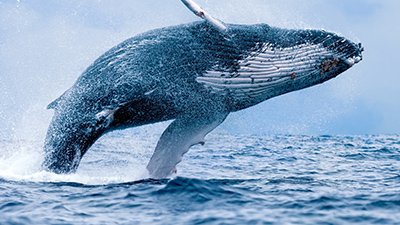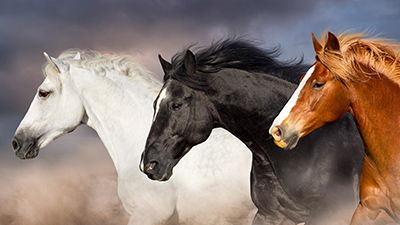The Naked-Neck Gene
National Geographic News: “Why Transylvanian Chickens Have Naked Necks” Creationists emphasize that genetic mutations have never been shown to generate new, beneficial information in organisms (and often have deleterious effects), which undermines Darwinists’ case. And mutations in the naked-neck chicken are no exception.
Sometimes called a “churkey or turken,” the naked-neck chicken lacks feathers on its neck, giving it a turkey-like appearance. Scientists led by developmental biologist Denis Headon of the University of Edinburgh’s Roslin Institute have uncovered the genetic mutation and developmental process that results in this strange feature.
Naked-neck chickens first appeared in Romania several hundred years ago, and since then have become popular livestock in warm regions, as the birds tolerate heat better than other chickens and consequently produce better meat and eggs. Therefore, the mutation resulting in the chicken’s naked neck has been beneficial for the mutant birds.
But does the mutation add any information to the chicken’s genome? Headon’s team found that the mutation causes overproduction of a molecule called BMP12, which blocks feather production. Chicken necks seem especially sensitive to the effects of BMP12 because a particular acid, derived from Vitamin A and produced on the chicken’s neck skin, enhances BMP12’s effects.
It’s clear that this mutation does not support Darwinism—and, by contrast, shows the hand of the Creator in helping creatures adapt to varying climates.
Therefore the mutation, however beneficial, does not add any information to the chicken genome; it merely short-circuits some of the existing information to allow overproduction of a molecule the chicken already makes. Moreover, the acid produced on the chicken’s neck helps “prime” the bird for the effects of the mutation—enabling easy adaptation to warmer environments. “We think all birds have this priming or readiness to lose neck feathers first,” Headon explained, noting that ostriches also lack neck feathers. “Once you have a mutation that increases BMP12 in skin, the neck is the region that’s ready to lose its feathers.” But it’s clear that this mutation does not support Darwinism—and, by contrast, shows the hand of the Creator in helping creatures adapt to varying climates. Unsurprising, however, Headon concludes, “Evolution has always found it easy to lose neck feathers whenever it gets hot and the bird gets big” (emphasis ours).
Remember, if you see a news story that might merit some attention, let us know about it! (Note: if the story originates from the Associated Press, Fox News, MSNBC, the New York Times, or another major national media outlet, we will most likely have already heard about it.) And thanks to all of our readers who have submitted great news tips to us.
(Please note that links will take you directly to the source. Answers in Genesis is not responsible for content on the websites to which we refer. For more information, please see our Privacy Policy.)
Recommended Resources

Answers in Genesis is an apologetics ministry, dedicated to helping Christians defend their faith and proclaim the good news of Jesus Christ.
- Customer Service 800.778.3390
- © 2024 Answers in Genesis







